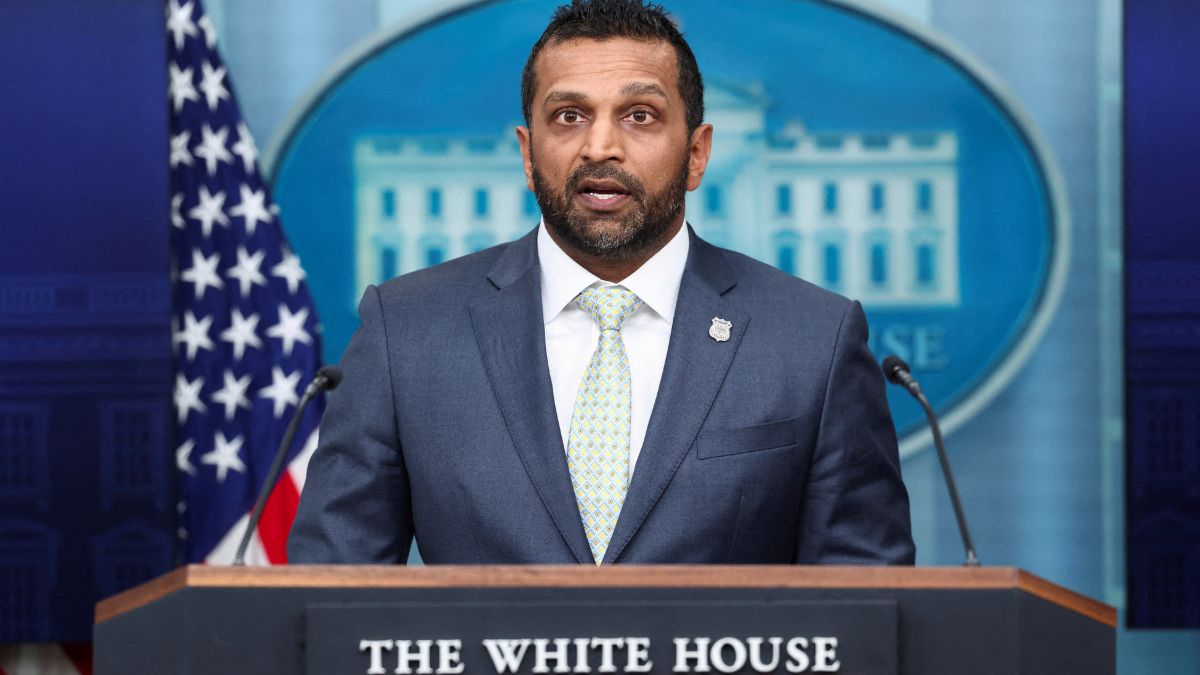French aerospace and defence giant Safran is a key player in aircraft engines, propulsion systems, aeronautical electronics and military equipment. Globally, the company powers both civil and military aircraft, including the Rafale fighter jets used by the Indian Air Force. Beyond engines, Safran produces avionics, landing systems and other defence-related electronics, making it an integral part of the global aerospace supply chain
Landmark MRO facility in Hyderabad, first outside France
Prime Minister Narendra Modi inaugurated the world’s largest aircraft engine MRO (maintenance, repair and overhaul) facility in Hyderabad, established by Safran.
Safran’s facility in Hyderabad is strategically significant because it allows India to perform deep-level servicing locally, reducing reliance on foreign maintenance networks. For military aircraft like the Rafale fighter jets, this means faster turnaround times, enhanced operational readiness and better long-term lifecycle management of critical engines.
For civil aviation, it strengthens India’s capacity to support a rapidly growing domestic fleet, generates skilled employment, and positions the country as a regional hub for advanced aerospace maintenance.
By establishing its first MRO outside France in India, Safran not only brings cutting-edge aerospace technology but also enhances India-France defence collaboration and contributes to India’s broader goal of self-reliance in high-end defence and aviation capabilities.
The facility, known as Safran Aircraft Engines Services India (SAESI), is equipped to handle deep-level engine overhauls that were previously possible only in France, placing India on the map for advanced aerospace servicing.
Backs India’s strategic autonomy in military aviation
With the Hyderabad facility, Safran became the first global original equipment manufacturer (OEM) to establish deep-level servicing in India. This is significant for India’s strategic autonomy, particularly for military aviation. Analysts note that domestic MRO capabilities reduce reliance on overseas networks for engine maintenance, improve operational readiness of fighter jets and pave the way for technology transfer and skill development within the country.
Economic and strategic significance
Safran currently powers around 80% of India’s aircraft fleet, highlighting its extensive presence in the country. The company expects its revenue in India to triple to over €3 billion by 2030, reflecting both rising aviation demand and the strategic importance of India in Safran’s growth plans. The facility is expected to generate high-skilled employment and strengthen the domestic supply chain for aerospace and defence.
India’s broader goal of self-reliance in defence technology
Safran is also planning to establish its first electronics unit in India, further deepening its footprint in aeronautical and defence electronics. This expansion signals India’s potential as a regional hub for advanced aerospace and defence operations and reinforces India-France defence cooperation. Experts say such strategic investments align with India’s broader goal of self-reliance in defence technology.
Safran’s Hyderabad MRO facility is more than a maintenance hub, it represents a convergence of technology, strategic defence capability and economic opportunity. Its presence in India is expected to strengthen operational readiness, boost domestic aerospace capability and position India as a key node in global aerospace manufacturing.


)

)
)
)
)
)
)
)
)



